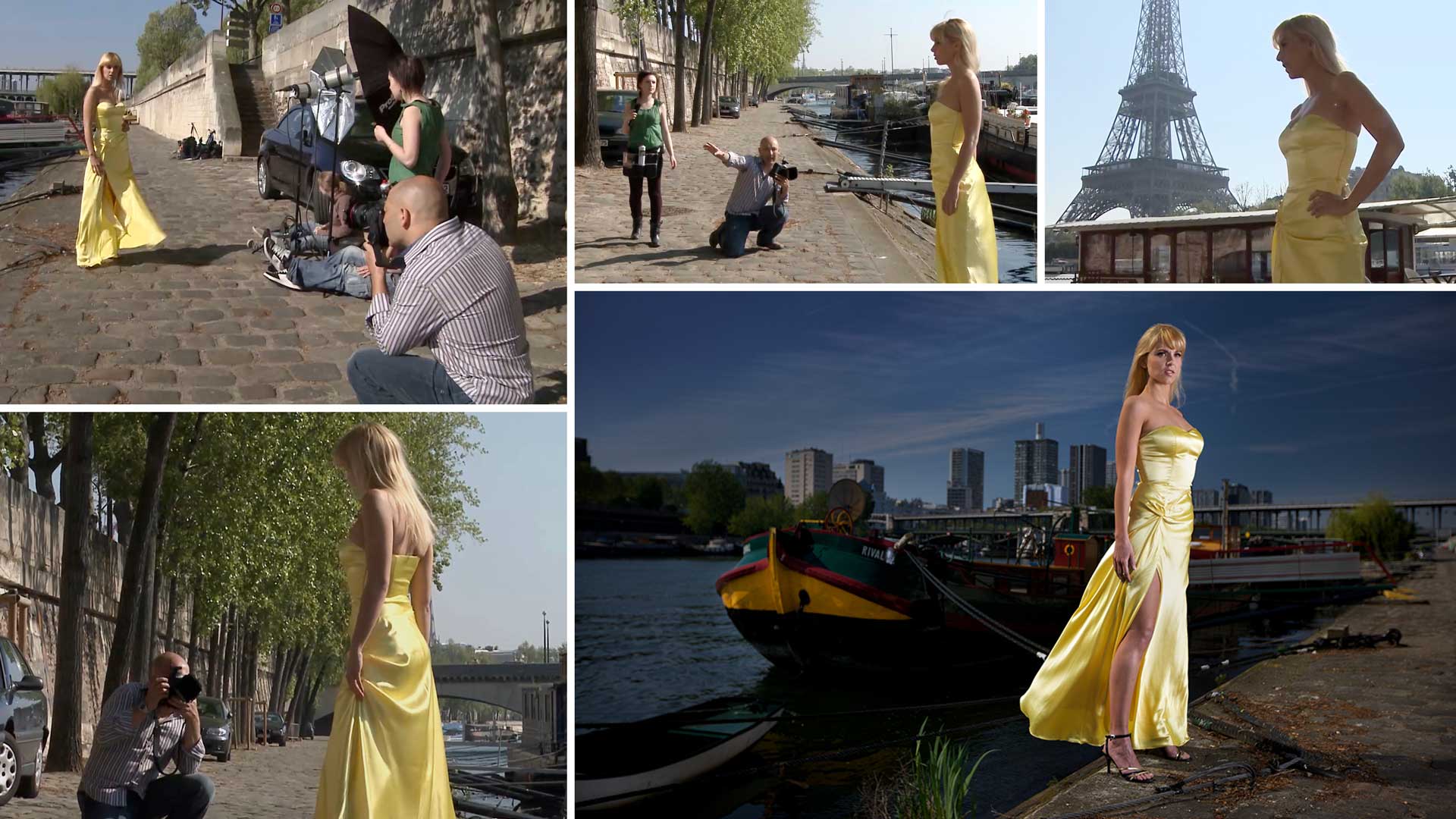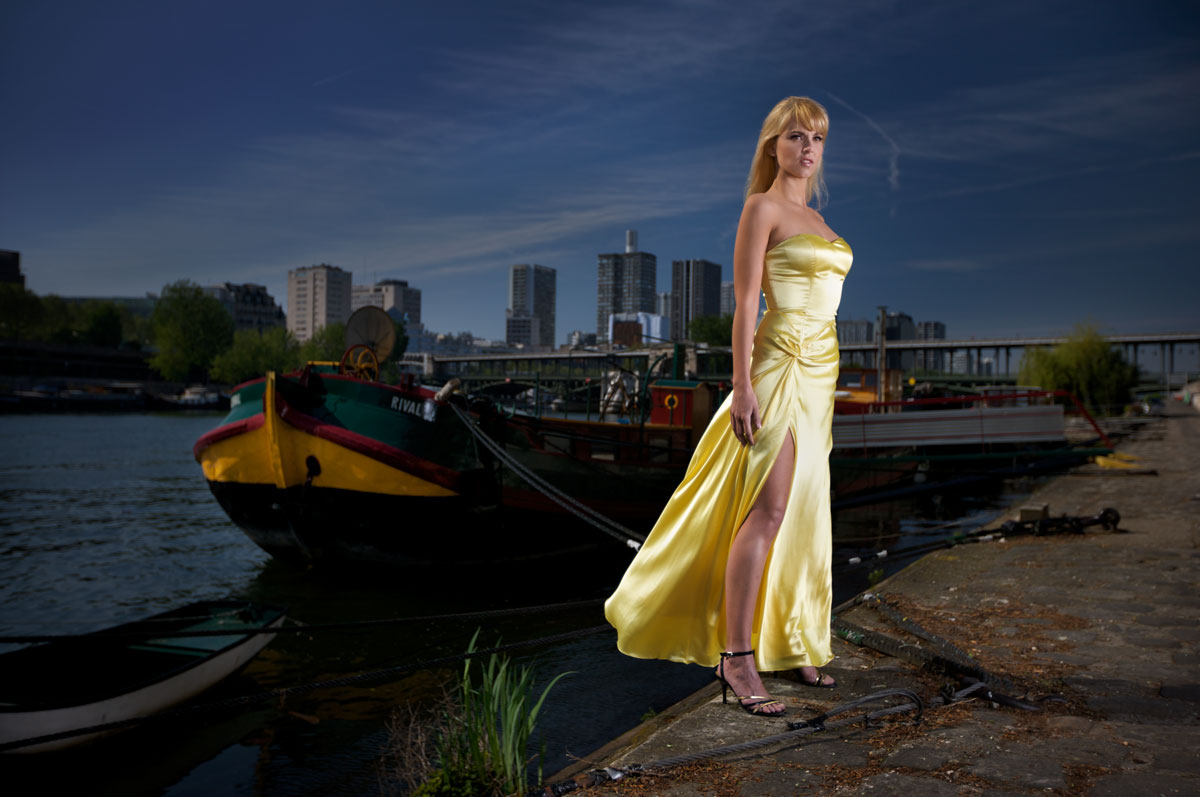Flash on location
Have you ever been unsure of how to use studio flash on location? In this photography class, Karl explains the shot he’s looking for and how he plans to achieve it.
Using carefully identified key elements in his backdrop, Karl uses filters to deliberately underexpose his background. He then uses portable studio flash to correctly expose his model, creating some very interesting and dramatic effects.
In this class, you’ll learn how to identify strong compositional elements to incorporate in a shot, how to use filters for creative effect and how to balance daylight and artificial light.
In this class:
- How to use flash photography on location
- When and how to underexpose an image
- How to balance natural and artificial light
- Camera settings for shooting outdoors with flash
- Using filters for photography
To learn more about using flash photography on location, visit our Location Lighting Setups in the Portrait section.
Questions? Please post them in the comments section below.



Comments
Excellent video and shot. Her yellow dress stands out perfectly. I can see the difference between outdoor flash versus reflector.
Thank You
Thank you Mark.
excellent location and definitely trance music background, not boring but powerful !! 100%
The tip to underexpose the background is cool. Created a lovely image.
Hi Karl. I’ve just joined your course.
I’ve seen you used two flashes with two umbrellas. Which part of the model body they were lighting?
Greetings from Spain.
Hello Luis in Spain and welcome aboard. This type of umbrella spreads the light out quite wide, you will see in our other classes on lighting other modifiers that control light in many different ways. In this case I was keeping the light on the upper body and slightly more to the right of the shot so the light comes around the model. In most cases even in full length body shots you would want the light to be slightly stronger at the top of the model as that is where you will draw the eye.
Beautiful Shot. Love it
Thank you
great job there are thousands of lessons online but yours are amazing.But I didn’t understand in this photo shoot 2 types of filters are using a polarization filter and ND
Hi Kollev, yes that’s right a polarizer to increase sky saturation and an ND to reduce the ambient daylight more because flash sync is only 1/200th maximum on this camera.